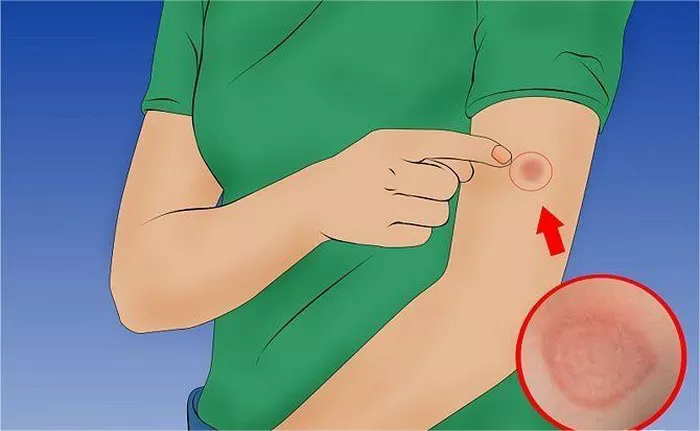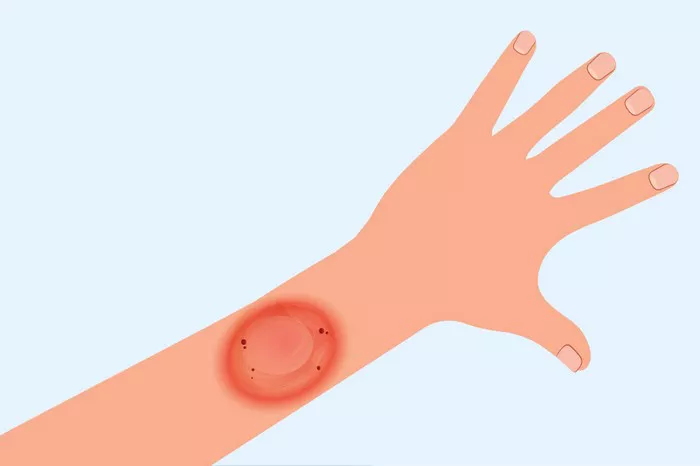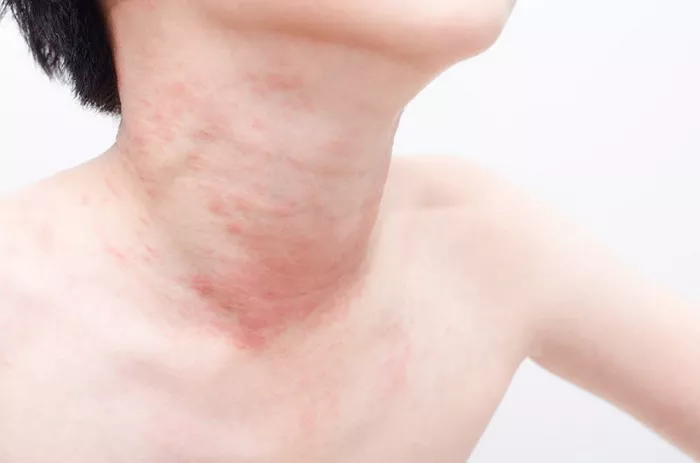Tinea fungus, commonly known as ringworm, is a skin infection caused by a group of fungi called dermatophytes. Despite its name, ringworm is not caused by a worm. Understanding how tinea fungus looks is crucial for early diagnosis and treatment. This article will cover the appearance of tinea fungus, its symptoms, different types, and how to manage the condition.
Understanding Tinea Fungus
What is Tinea Fungus?
Tinea fungus is a contagious skin infection that can affect various parts of the body. It thrives in warm, moist environments. Tinea can be found in humans, animals, and soil.
Types of Tinea
There are several types of tinea, each affecting different body areas:
Tinea Corporis: Affects the body.
Tinea Pedis: Affects the feet, commonly known as athlete’s foot.
Tinea Cruris: Affects the groin area, commonly known as jock itch.
Tinea Capitis: Affects the scalp.
Tinea Unguium: Affects the nails, known as onychomycosis.
Each type has specific characteristics but shares common signs of fungal infection.
Appearance of Tinea Fungus
Common Signs and Symptoms
Red, Circular Rash: One of the hallmark signs of tinea fungus is a red, circular rash. The rash often has raised edges and is usually clear in the center. This appearance gives it the name “ringworm.” The circular shape can vary in size and may spread over time.
Itching and Discomfort: Itching is a common symptom of tinea infections. The intensity can vary, but the urge to scratch can worsen the condition. Scratching can lead to secondary infections, so it’s essential to manage the itch.
Scaling and Flaking: The affected area may show scaling or flaking. This can appear as dry patches of skin. In some cases, the skin may crack, leading to discomfort and potential bleeding.
Blisters and Pustules: In some cases, tinea fungus can cause blisters or pustules. These fluid-filled lesions can be painful and may rupture, leading to further skin issues.
Specific Types of Tinea and Their Appearance
Tinea Corporis (Body)
- Rash: Begins as a small red bump that enlarges into a circular patch.
- Center: Often appears clearer than the edges.
- Location: Commonly found on arms, legs, and torso.
Tinea Pedis (Athlete’s Foot)
- Rash: Typically appears between the toes or on the soles of the feet.
- Symptoms: Causes peeling, cracking, and intense itching.
- Appearance: Can have a scaly texture and may include blisters.
Tinea Cruris (Jock Itch)
- Rash: Appears in the groin area, inner thighs, or buttocks.
- Color: Usually red and may have a raised, scaly edge.
- Symptoms: Itching and discomfort, especially in warm conditions.
Tinea Capitis (Scalp)
- Rash: Often starts as small, scaly patches on the scalp.
- Symptoms: May cause hair loss in the affected area.
- Appearance: Can resemble dandruff but is more inflamed and itchy.
Tinea Unguium (Nail)
- Nail Changes: Affected nails may become thickened, discolored (yellow or white), and brittle.
- Surface: The nail may crumble or split.
- Area: Can affect one or multiple nails.
Risk Factors for Tinea Fungus
Several factors can increase the risk of developing tinea infections:
Warm, Humid Environments: Fungi thrive in warm, moist areas.
Sweating: Excessive sweating can create an ideal environment for fungal growth.
Weakened Immune System: Individuals with weakened immune systems are more susceptible.
Close Contact: Tinea is contagious and can spread through direct contact or contaminated surfaces.
Poor Hygiene: Inadequate hygiene practices can lead to infections.
Diagnosing Tinea Fungus
Medical Evaluation
If you suspect a tinea infection, consult a healthcare professional. A proper diagnosis may involve:
Physical Examination: The doctor will examine the rash and symptoms.
Skin Scraping: A sample of the affected skin may be taken to identify the fungus.
Culture Tests: In some cases, a culture may be performed to determine the specific type of fungus.
Treatment Options
Over-the-Counter Treatments
Many tinea infections can be treated with over-the-counter antifungal creams, powders, or sprays. Common active ingredients include:
- Clotrimazole
- Miconazole
- Terbinafine
Prescription Medications
If the infection is severe or does not respond to over-the-counter treatments, a healthcare provider may prescribe:
Oral Antifungal Medications: These may be necessary for extensive infections or tinea capitis.
Stronger Topical Treatments: More potent creams or ointments may be prescribed.
Home Remedies
In addition to medical treatments, some home remedies can help alleviate symptoms:
Keep the Area Dry: Moisture can worsen the infection. Ensure the affected area is dry.
Use Antifungal Powders: These can help keep the area dry and reduce itching.
Avoid Scratching: Scratching can lead to further irritation and potential infection.
Prevention Strategies
Preventing tinea fungus involves maintaining good hygiene and avoiding situations that promote fungal growth:
Practice Good Hygiene: Regular washing of skin and hair is essential.
Keep Skin Dry: Use talcum powder or antifungal powder in moist areas.
Avoid Sharing Personal Items: Do not share towels, clothing, or personal grooming items.
Wear Breathable Clothing: Cotton clothing allows the skin to breathe and reduces moisture buildup.
Choose Appropriate Footwear: Use moisture-wicking socks and breathable shoes.
When to See a Doctor
Seek medical attention if you experience any of the following:
- The rash does not improve with over-the-counter treatments.
- You have a severe or widespread rash.
- There are signs of a secondary infection, such as pus or increased redness.
- You experience persistent itching or discomfort.
Conclusion
Tinea fungus can manifest in various forms and affect different parts of the body. Recognizing the signs and symptoms early is crucial for effective treatment. By understanding what tinea fungus looks like, you can take proactive steps to manage and prevent the infection. If you suspect you have a tinea infection, consult a healthcare professional for an accurate diagnosis and appropriate treatment options. With proper care, most tinea infections can be successfully treated and prevented from returning
Related topics:


























